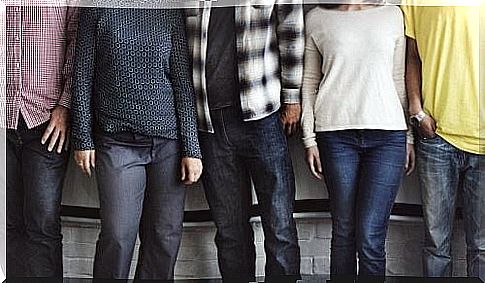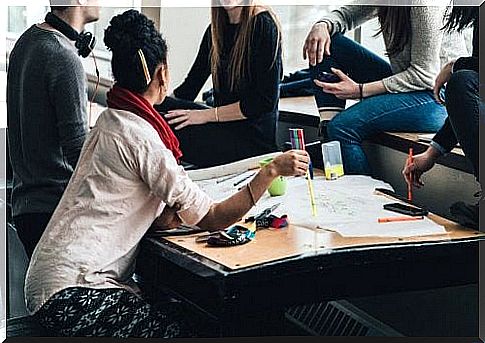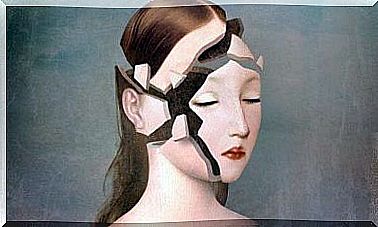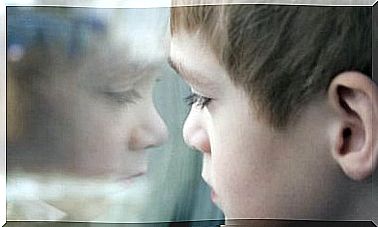The Differences Between Stereotypes And Prejudices

Before we talk about the differences between stereotypes and prejudices, we should start by defining these concepts. Stereotypes can be defined as beliefs that we have about the characteristics of a certain group. The term prejudice refers to negative assessments of these groups.
The former is more related to the cognitive part of the brain, while the latter is more related to the emotional part. Stereotypes arise from having general knowledge of a group, while prejudices emerge when we assign these general characteristics to each of the group members.
When we are prejudiced, we draw conclusions that facilitate the acceptance or rejection of that group. Stereotypes reduce our use of mental energy. This is because categorizing groups and assigning similar characteristics to groups makes it easier for us to “know” and “understand” these people.
Stereotypes save mental energy, and do not always have to be negative. What we should keep in mind is that stereotypes are generalizations and refer to broad characteristics that in no way represent a full picture of this group or individual.
An example of a stereotype could be the belief that everyone from the South is funny. We can also imagine that people in the North are more liberal, or that all the people of Texas speak with an accent. These are large groups to which we have assigned or attributed certain characteristics. The problem arises when we believe that stereotypes are always true.

Stereotypes vs. prejudices
Prejudice, on the other hand, is something that is part of a negative attitude. In the same way that building stereotypes is a normal and social response, prejudice has a negative connotation.
To continue our previous example of believing that everyone in Texas has an accent, the negative prejudices would be that they are not trained to speak proper English.
This idea begins with a stereotype. We apply the stereotype in our brain to a group, giving it a negative connotation. This creates a prejudice against this group. If we take this process a step further, we will end up with discrimination. Discrimination incorporates both the stereotype and prejudice.
What role do stereotypes play?
Social psychologists have studied stereotypes, how they arise, and the differences that exist between prejudice and discrimination. These are the cognitive functions that stereotypes fulfill:
- To systematize and simplify reality. Imagining broad groups that we can use to categorize and classify people allows us to mentally simplify the world. Thus, the world becomes more predictable and easier to understand.
- To defend people’s values. Groups allow us to assign widely distributed properties. When we do this, it becomes easier to “understand” and compare ourselves with them.
- To maintain social control. It is easier to control a group than it is to control many individuals.
Is it possible to limit stereotypes and prejudices?
If we understand that stereotypes arise as a cognitive function that facilitates grouping and social understanding, we can benefit from them. But what happens when stereotypes limit us?
This happens when they keep us from discovering that these notions about other people are not always true. If we begin to observe groups and individuals more accurately, we will find many differences among them.

Stereotypes do not exist to limit us. What we should do is limit them and deal with them carefully. They can help make our brain more organized, but they are not always right.
As we have seen in this article, stereotypes are the starting point for prejudice. Therefore, if we can limit stereotypes, we can limit any kind of prejudice.
Changing a stereotype or a prejudice is only possible if we approach the group and try to observe it without applying filters or trying to confirm preconceived ideas.
Rather, we should try to put our preconceived ideas to the test. We should strive to focus on ideas and situations that contradict what we had previously thought about the group.








